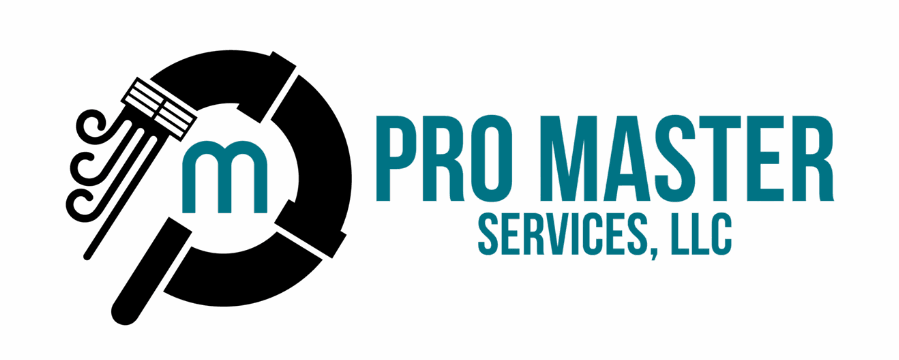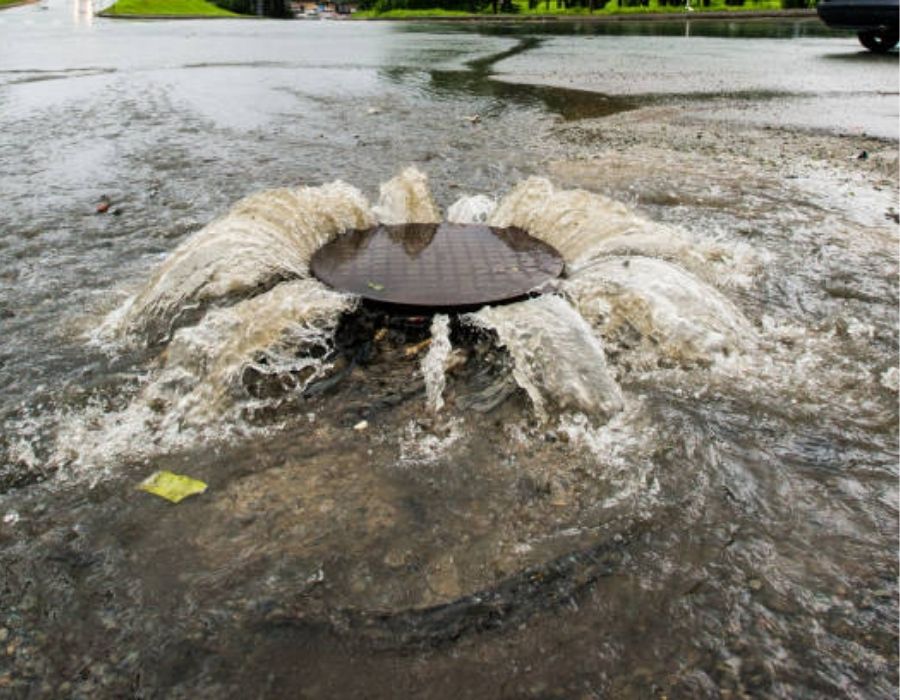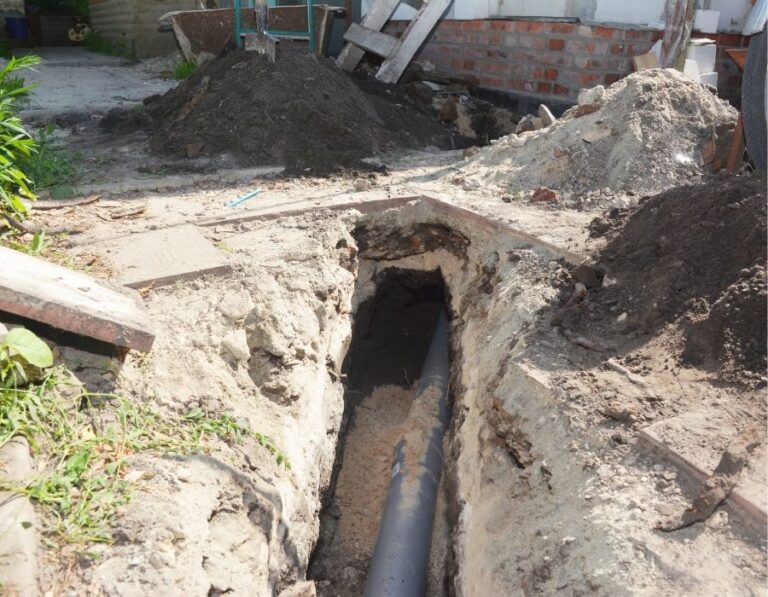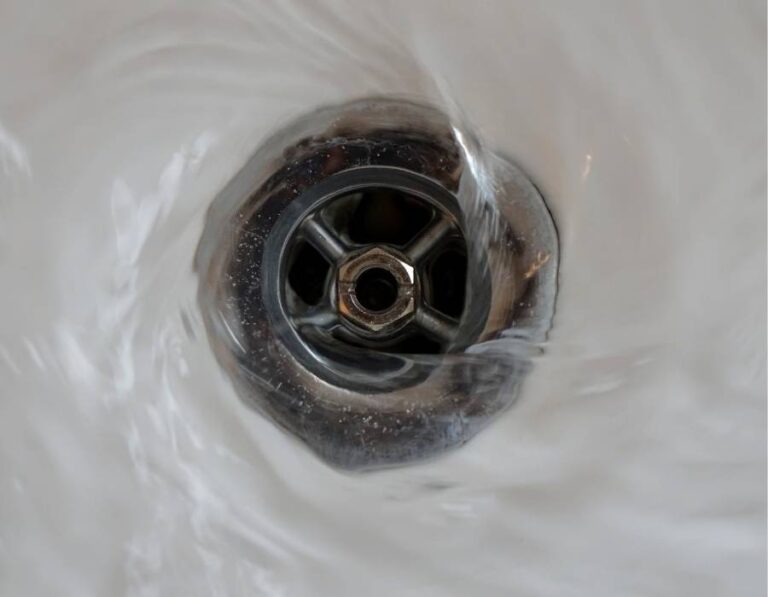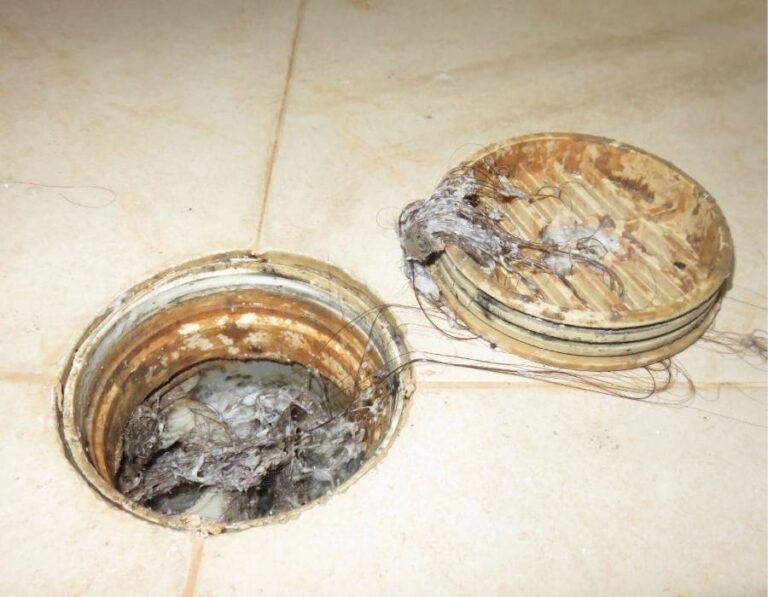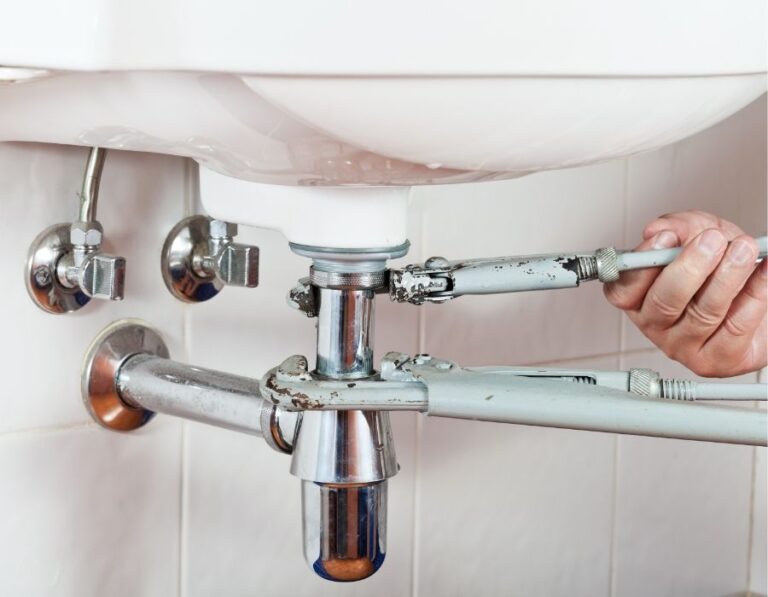Sewage Overflow Emergency? A Step-by-Step Drain Backup Action Plan for Utah Homeowners
Few things are as stressful and hazardous as a sewage overflow emergency. Imagine coming home to the smell of raw sewage, water rising from the basement drain, or toilets backing up throughout the house. For Utah homeowners, these emergencies are more common than you might think, especially with older infrastructure, heavy snowmelt, and occasional flooding.
A sewage backup is more than an inconvenience, it poses serious health risks, threatens your property value, and can quickly spiral into thousands of dollars in damage. That’s why having a clear, actionable plan is essential. This guide provides Utah homeowners with a step-by-step sewage backup emergency plan, answers common questions, and shares insights to protect your health, your home, and your wallet.
Leading Causes of Sewage Backups in Utah Homes
Sewage backups are more than just a nuisance—they can cause serious property damage and health risks. In Utah, several factors commonly contribute to these issues:
- Tree Root Intrusion — Older clay or cast-iron pipes are especially vulnerable to root systems seeking water, which can infiltrate and block sewer lines.
- Improper Waste Disposal — Grease, wipes, and other non-flushable items often build up inside drains, restricting flow and triggering clogs.
- Seasonal Weather Stress — Heavy rain and rapid snowmelt can overwhelm city sewer systems, forcing wastewater back into residential lines.
- Aging Infrastructure — Collapsed or deteriorated sewer pipes, particularly in older Utah homes, reduce capacity and create blockages that lead to backups.
By understanding these causes, homeowners can take proactive steps like scheduling regular inspections and avoiding harmful disposal habits to reduce the risk of costly and disruptive sewage problems.
Step-by-Step Sewage Overflow Action Plan
Step 1: Stop Using Water Immediately
The first priority is preventing further wastewater from entering your drains. Shut off water fixtures (toilets, sinks, showers, washing machines) to stop the flow and reduce backup pressure.
Step 2: Protect Your Health and Safety
Sewage water contains dangerous bacteria, viruses, and toxins. Wear gloves, boots, and a mask before entering affected areas. According to the CDC, exposure to raw sewage can lead to gastrointestinal illness, skin infections, and respiratory issues. Never let children or pets enter contaminated areas.
Step 3: Turn Off Electricity in Impacted Zones
If sewage water has reached outlets, cords, or appliances, cut power to the affected area at the breaker box. This prevents electrocution hazards.
Step 4: Call a Licensed Utah Plumber Immediately
Sewage backups rarely resolve themselves. Professional plumbers have specialized equipment to clear mainline blockages, repair damaged pipes, and prevent future overflows. Many Utah plumbing companies offer 24/7 emergency services.
Step 5: Contact Your Insurance Company
Water damage claims are one of the most common home insurance filings in Utah. Document the incident with photos and videos before cleanup begins. Call your insurance provider promptly to maximize coverage.
Step 6: Begin Emergency Cleanup
If professionals can’t arrive immediately, start by ventilating the area with fans and opening windows. Remove salvageable items, but avoid porous materials like carpets and upholstered furniture—these usually need full replacement due to contamination.
Step 7: Disinfect Thoroughly After Removal
After contaminated water is removed, clean all hard surfaces with bleach solutions or EPA-approved disinfectants. This prevents mold growth and neutralizes pathogens left behind.
Long-Term Prevention Strategies
Protecting your home’s plumbing system isn’t just about fixing problems when they happen, it’s about taking proactive steps to prevent them in the first place. Scheduling annual drain inspections, including hydro-jetting and camera evaluations, helps catch small blockages or early signs of trouble before they escalate into full-blown emergencies.
Another smart safeguard is installing a backwater valve. This device keeps sewage from backing up into your home when the main sewer line is overloaded, a particular concern in Utah’s flood-prone regions. For older homes, upgrading outdated clay or cast-iron sewer lines to modern PVC or HDPE piping greatly reduces the risk of collapse, leaks, and root intrusion, ensuring a stronger, longer-lasting system.
Daily habits also play a big role in prevention. Avoid pouring grease down drains or flushing non-degradable items especially so-called “flushable” wipes, which are a leading cause of clogs. Finally, every homeowner should keep an emergency preparedness kit stocked with gloves, disinfectants, plastic sheeting, and a sump pump. Acting quickly in a plumbing emergency can save thousands of dollars in repairs and protect your home from unnecessary damage.
Stay Prepared, Stay Protected
A sewage overflow is one of the most stressful emergencies a homeowner can face, but it doesn’t have to leave you overwhelmed. With the right plan in place, you can protect your family’s health, control repair costs, and reduce the likelihood of repeat incidents. Utah’s unique challenges—hard water, aging infrastructure, and seasonal flooding—make preparation not just smart but essential.
By following a proactive drain backup action plan, you’ll be ready to respond quickly, limit damage, and keep your home safe for years to come. The key is simple: don’t wait for a crisis. Take preventative steps today, and you’ll safeguard both your property and your peace of mind.
